Adopting eco-friendly practices at home is easier than you might think. Simple changes can make a big difference in reducing your environmental footprint. Start by switching to energy-efficient appliances and using reusable bags. These small steps can lead to a more sustainable lifestyle.
Switch to Energy-Efficient Appliances
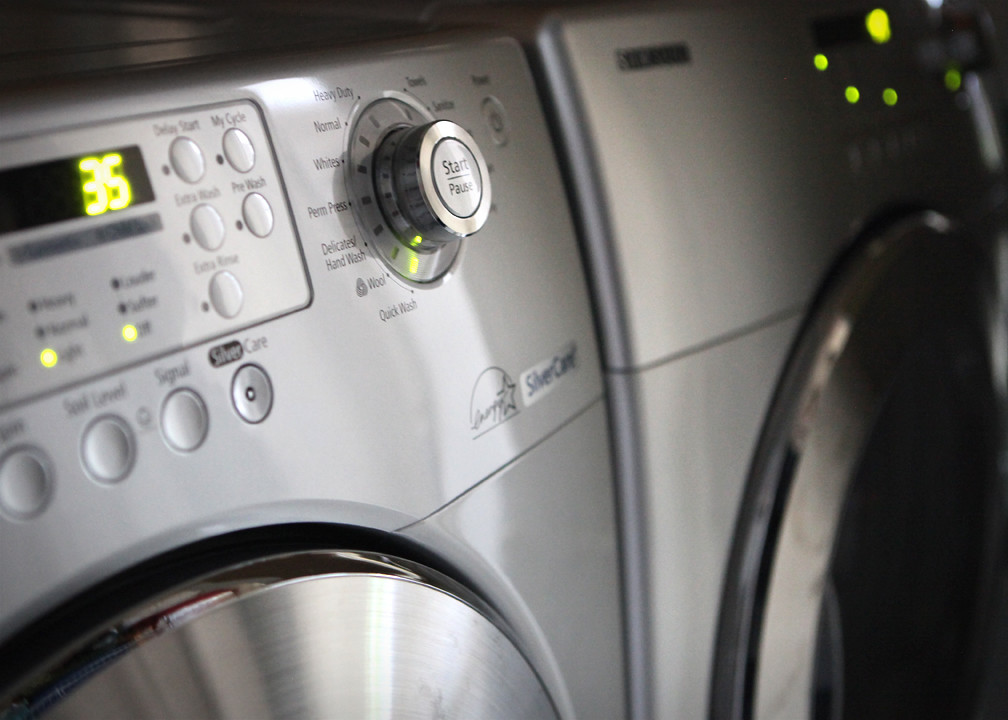
Upgrading to energy-efficient appliances reduces your electricity consumption. Look for the ENERGY STAR label when purchasing new devices. These appliances use less energy and often perform better than their conventional counterparts. Over time, you’ll notice savings on your utility bills.
Use Reusable Bags
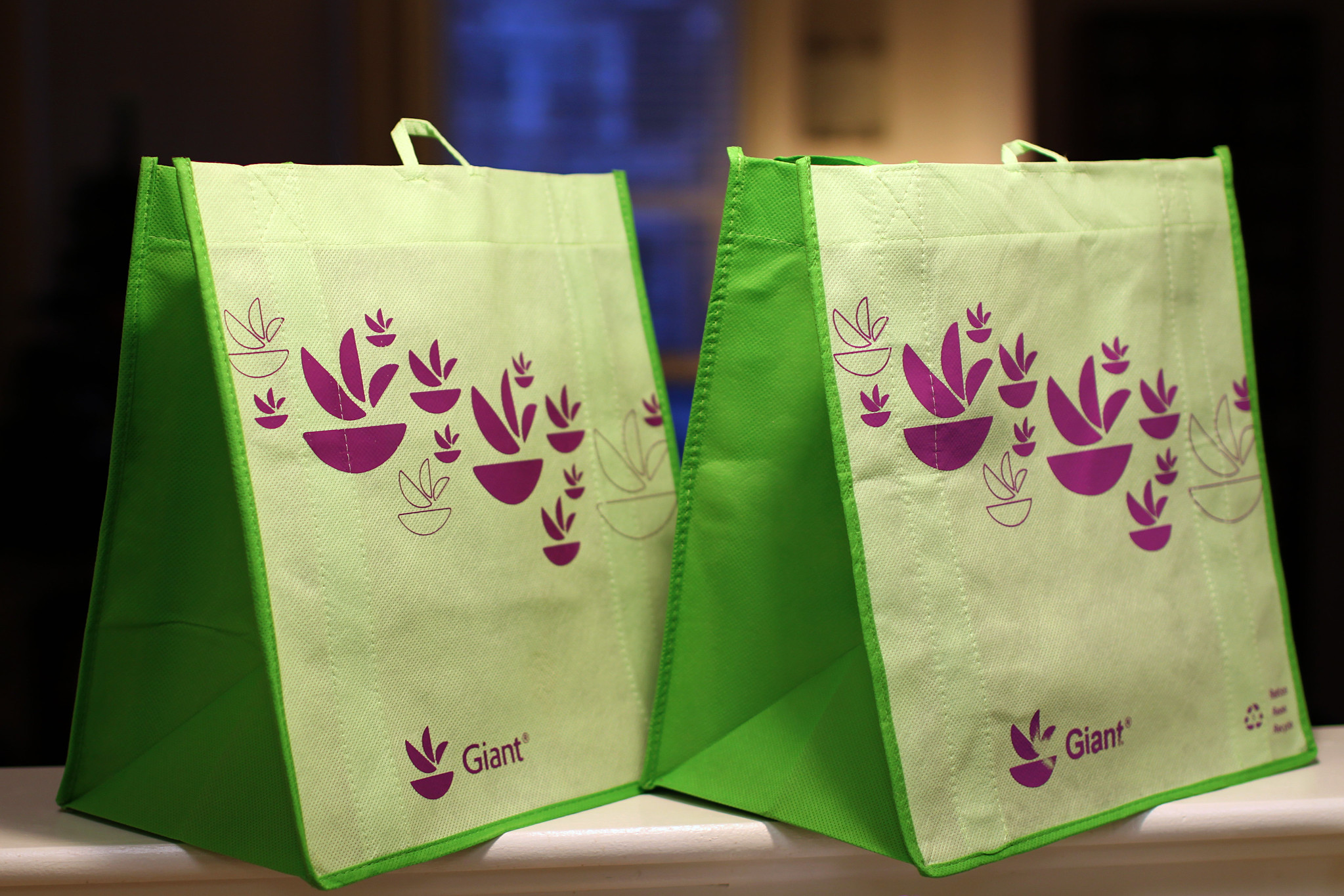
Reusable bags are a simple way to cut down on plastic waste. Keep a few in your car or by the door for easy access. They’re sturdier and can hold more than single-use plastic bags. Plus, many stores offer incentives for bringing your own bags.
Install a Smart Thermostat
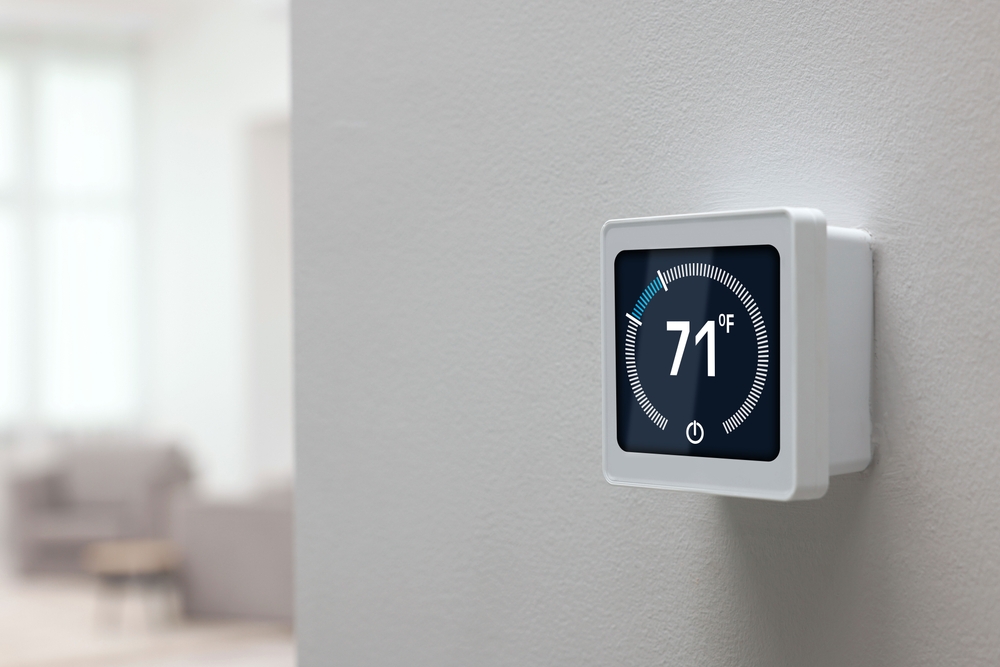
Smart thermostats help optimize your home’s energy use. They learn your schedule and adjust the temperature accordingly, saving energy when you’re away. You can control them remotely via your smartphone, ensuring your home is always at the perfect temperature. This not only reduces your carbon footprint but also lowers your energy bills.
Practice Water Conservation

Fixing leaks and installing low-flow fixtures can significantly reduce water usage. Simple habits like turning off the tap while brushing your teeth also make a difference. Collecting rainwater for garden use is another effective strategy. These practices help conserve a precious resource and lower your water bill.
Compost Food Scraps
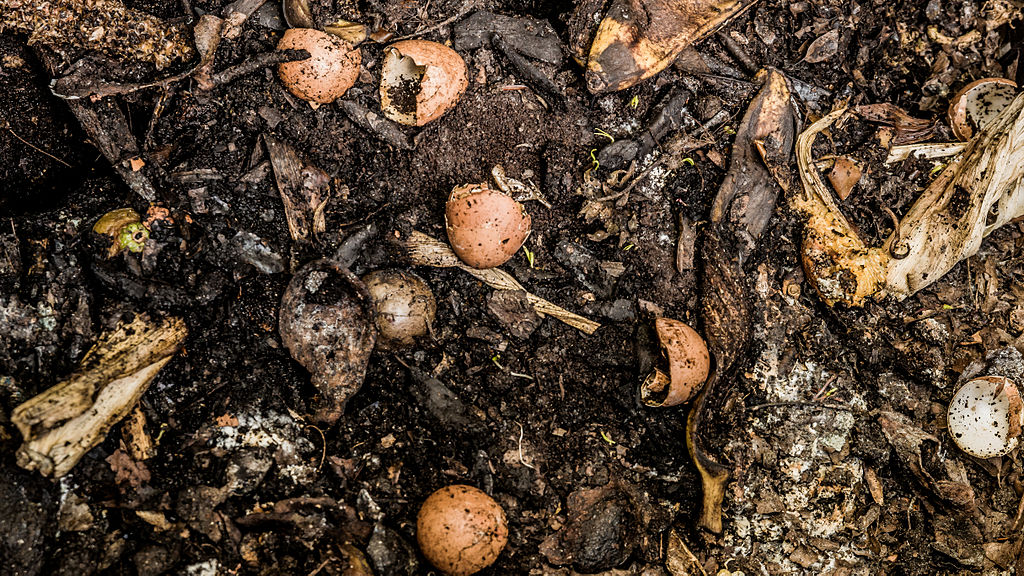
Composting transforms food waste into nutrient-rich soil for your garden. Start by collecting fruit and vegetable scraps, coffee grounds, and eggshells. Avoid adding meat or dairy products, which can attract pests. Over time, you’ll create compost that improves soil health and reduces landfill waste.
Opt for LED Lighting

LED bulbs use up to 80% less energy than traditional incandescent bulbs. They also last much longer, reducing the frequency of replacements. Switching to LED lighting can significantly cut your electricity bill. Additionally, they produce less heat, making your home cooler in the summer.
Use Natural Cleaning Products

Natural cleaning products are free from harmful chemicals found in many conventional cleaners. You can even make your own using ingredients like vinegar, baking soda, and lemon juice. These alternatives are safe for your family and the environment. They’re also effective at keeping your home clean and fresh.
Reduce Single-Use Plastics
Avoiding single-use plastics helps reduce pollution and waste. Invest in reusable items like water bottles, coffee cups, and straws. These products are often more durable and convenient in the long run. By making this switch, you’ll contribute to a cleaner planet.
Recycle Properly

Make sure to follow local recycling guidelines to ensure your efforts are effective. Rinse out containers and sort materials correctly. Educate your family on what can and cannot be recycled. Proper recycling reduces landfill waste and conserves resources.
Grow Your Own Vegetables

Starting a home vegetable garden can reduce your carbon footprint. It cuts down on the energy used in transporting and packaging store-bought produce. Gardening is also a great way to ensure you have fresh, organic vegetables. Plus, it can be a rewarding and therapeutic hobby.
Install Solar Panels

Solar panels harness the sun’s energy to power your home. While the initial investment can be high, the long-term savings on energy bills are substantial. Solar energy is a renewable resource, reducing your reliance on fossil fuels. Many governments also offer incentives for installing solar panels.
Reduce Meat Consumption

Cutting back on meat, even a few times a week, can have a significant environmental impact. Meat production requires a large amount of water and contributes to greenhouse gas emissions. Opt for plant-based meals, which are often healthier and more sustainable. Exploring new recipes can make this transition enjoyable and delicious.
Use a Clothesline

Drying clothes on a line instead of using a dryer saves energy. Clotheslines are gentle on fabrics, helping them last longer. It’s also a way to take advantage of sunny days. Plus, line-dried clothes often smell fresher without the need for chemical-laden dryer sheets.
Upgrade Insulation
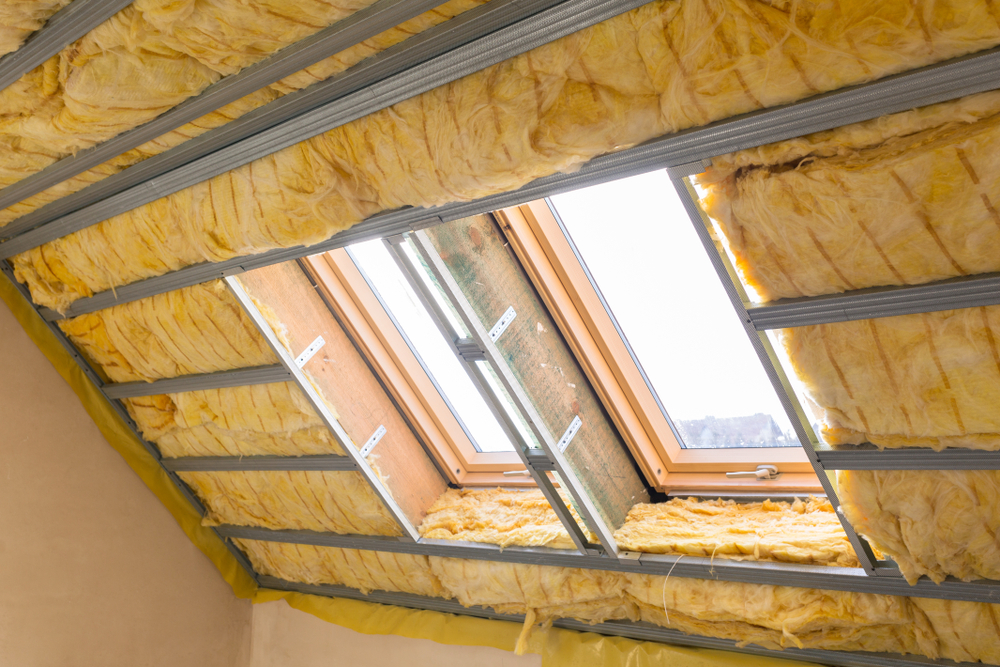
Proper insulation keeps your home warm in the winter and cool in the summer. It reduces the need for excessive heating and cooling, saving energy and money. Check areas like the attic, walls, and windows for adequate insulation. This upgrade can significantly improve your home’s energy efficiency.
Support Local Farmers

Buying from local farmers markets reduces the carbon footprint associated with transporting goods. Local produce is often fresher and grown with fewer pesticides. Supporting local farmers also boosts the local economy. Plus, it’s a great way to connect with your community and learn more about where your food comes from.
Choose Sustainable Materials

When renovating or decorating, opt for sustainable materials like bamboo, cork, and recycled wood. These materials are renewable and often more durable. They add a unique and eco-friendly touch to your home. By choosing sustainable options, you reduce the demand for non-renewable resources.
Reduce Paper Use

Going paperless saves trees and reduces waste. Opt for digital documents and electronic billing. Use both sides of paper when printing is necessary. Simple changes like these can significantly cut down on paper consumption in your home.
Collect Rainwater
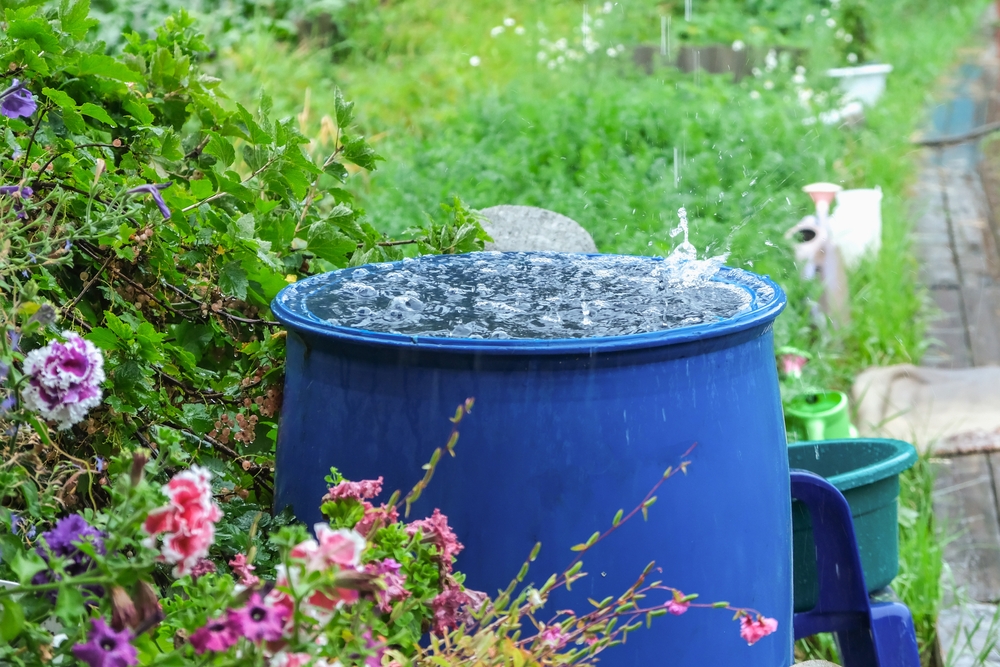
Using a rain barrel to collect rainwater for gardening is an excellent way to conserve water. This method provides a free, sustainable water source for your plants. It reduces the demand on municipal water supplies. Plus, rainwater is often better for plants than treated tap water.
Carpool or Use Public Transport

Sharing rides or using public transportation reduces the number of vehicles on the road. This lowers greenhouse gas emissions and saves on fuel costs. Consider biking or walking for short trips. These alternatives are not only eco-friendly but also promote a healthier lifestyle.
Plant Trees
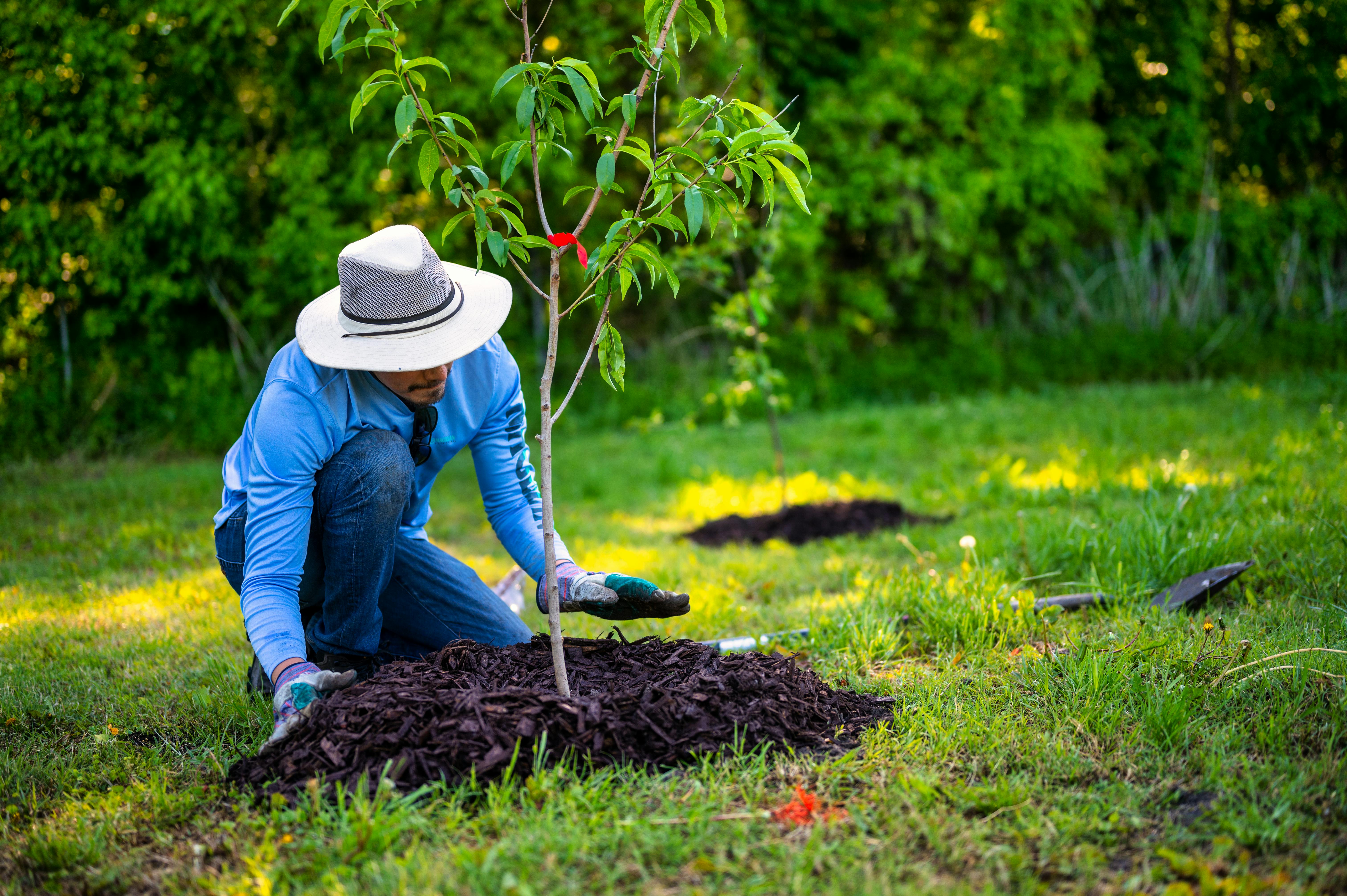
Trees absorb carbon dioxide and provide oxygen, helping combat climate change. They also offer shade, which can reduce your home’s cooling needs. Planting trees in your yard can enhance the landscape and provide a habitat for wildlife. It’s a simple yet impactful way to contribute to a healthier planet.
This article originally appeared on UnifyCosmos.
More from UnifyCosmos
10 Influential Fashion Designers Who Broke the Mold

Some designers have not only influenced trends but have also revolutionized the industry with their visionary ideas. Read more!
20 Overlooked Safari Parks in Africa

These hidden gems provide an opportunity to explore Africa’s diverse ecosystems without the crowds, making them perfect for adventurous travelers seeking something off the beaten path. Read more!
20 Transformative Makeup Tricks for Every Face Shape

Makeup can enhance your natural features and help you feel more confident. However, applying it in a way that suits your face shape can make a big difference. Read more!
Leave a Reply